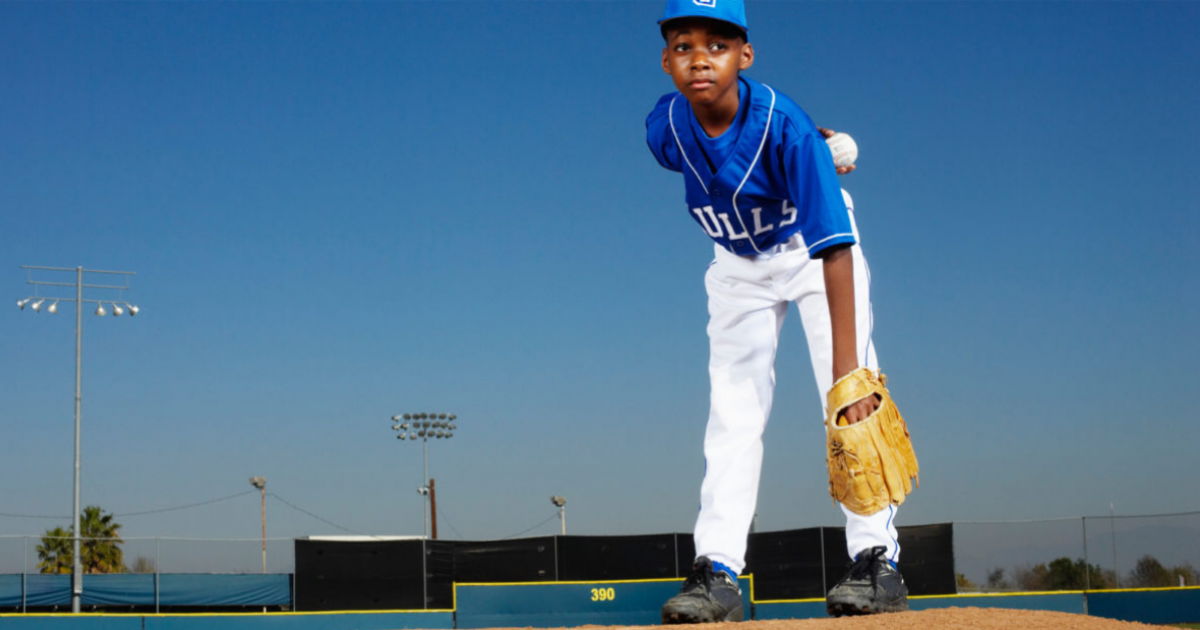
June 26, 2018 - TCO
4 easy steps to improve your child’s throwing
Youth baseball and softball are really, really fun. Maybe it’s the summer weather, or maybe it’s just America’s pastime squeezing the nostalgia out of us, but the game is so enjoyable for everyone involved: players, fans, parents, coaches, umpires, dogs, mosquitoes, you name it! That is, of course, unless throwing gets ugly.
Nobody is having fun when every pitch hits the backstop, or when all throws to first base go flying wildly into the woods behind the dugout (ahh, watch out!), or when games drag on for hours. FUN happens when players are able to play catch with each other, make routine plays, and get better every time they’re out on the diamond. In short, when kids learn to throw the ball correctly, good things happen.
This is a simple guide for parents and coaches of youth baseball and softball players. At this stage in young players’ careers, it is imperative we teach sound fundamentals. If you want your kids to have fun, get better, and maybe even win a few games, teach them the right way to throw. You’ll be amazed at how quickly they improve!
Remember four easy steps: Grip. Shoulder. Elbow. Chest. (Say it again: “Grip. Shoulder. Elbow. Chest.”)
-
GRIP the ball correctly
- Three fingers for baseball, five fingers for softball.
- Fingers stretch across the seam, not alongside the seam
-
SHOULDER pointed at target before throw
- This controls the feet, and allows for a fluid twist during the throwing motion.
- Throwing at odd angles without pointing the shoulder can put terrible strain on the shoulder and elbow.
Teaching kids to simply point their glove at the target in incomplete guidance. Pointing the glove only works if the shoulder is first pointed at the target.
-
ELBOW up!
- Elbow of throwing arm should be above the shoulder
- Ball should be facing away from target
- Ball should be the tallest point of the body
This is the single biggest mistake that kids make. When the elbow is low, it often results in erratic, high throws. First basemen hate low elbows! More importantly, however, a low elbow is the most common cause of arm injuries. The unnatural, violent jerks that result from “sidearm” throws places terrible strain on the elbow and shoulder, and can cause short-term and long-term damage.
-
CHEST pointed at the target after the throw
- It can be difficult to describe to a child how to twist their body during a throw, so teaching them to complete the throw with their chest facing the target gives them guidance while learning on their own.
- The glove should tuck towards the chest during the throwing twist motion, not flail around or swing outside the body.
Injury prevention
Teaching kids these throwing techniques will greatly improve their throwing skills, as well as reduce the likelihood of arm injuries over the course of their playing careers. Still, injuries can still happen to players who exercise perfect mechanics.
According to the American Academy of Orthopedic Surgeons, shoulder and elbow injuries are most common in baseball pitchers. The rate of injury is closely related to the number of pitches thrown and the number of months spent pitching each year. In short, overuse can eventually lead to injury, regardless of throwing mechanics.
The Twin Cities Orthopedics Interval Throwing Program in Burnsville, Eagan, Eden Prairie, Maple Grove and Woodbury integrates the most current concepts in injury prevention with research-based return to throwing progressions. Teaching athletes the proper throwing form and body mechanics will help to avoid injury in the future.
For tips on preventing injury in baseball and softball players, we also recommend the free resources at StopSportsInjuries.org
If you or your child is suffering from arm pain, and you suspect there may be an injury, please visit a TCO shoulder specialist or elbow specialist right away. Do not let shoulder and elbow injuries go untreated, as it may result in long-term damage.

